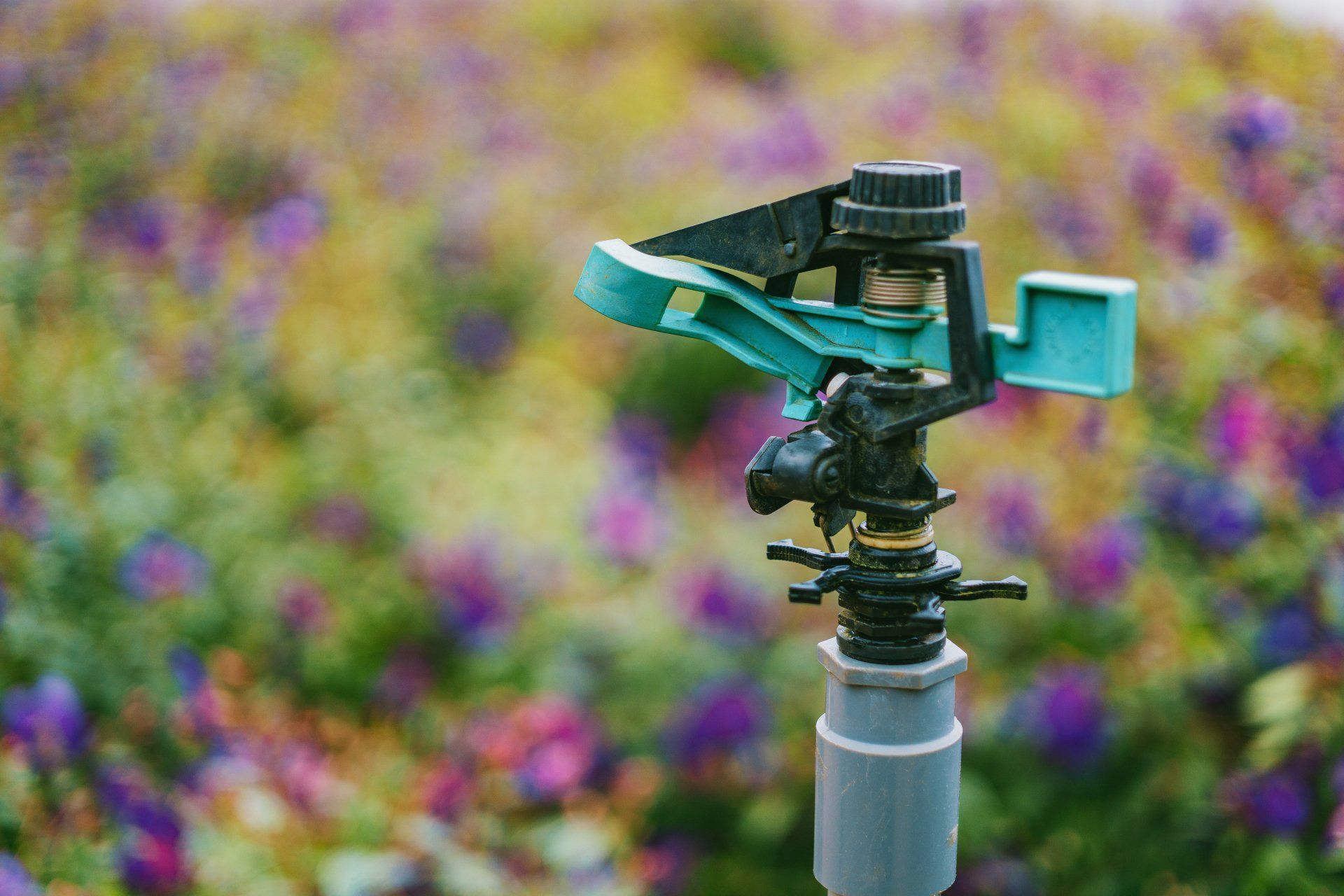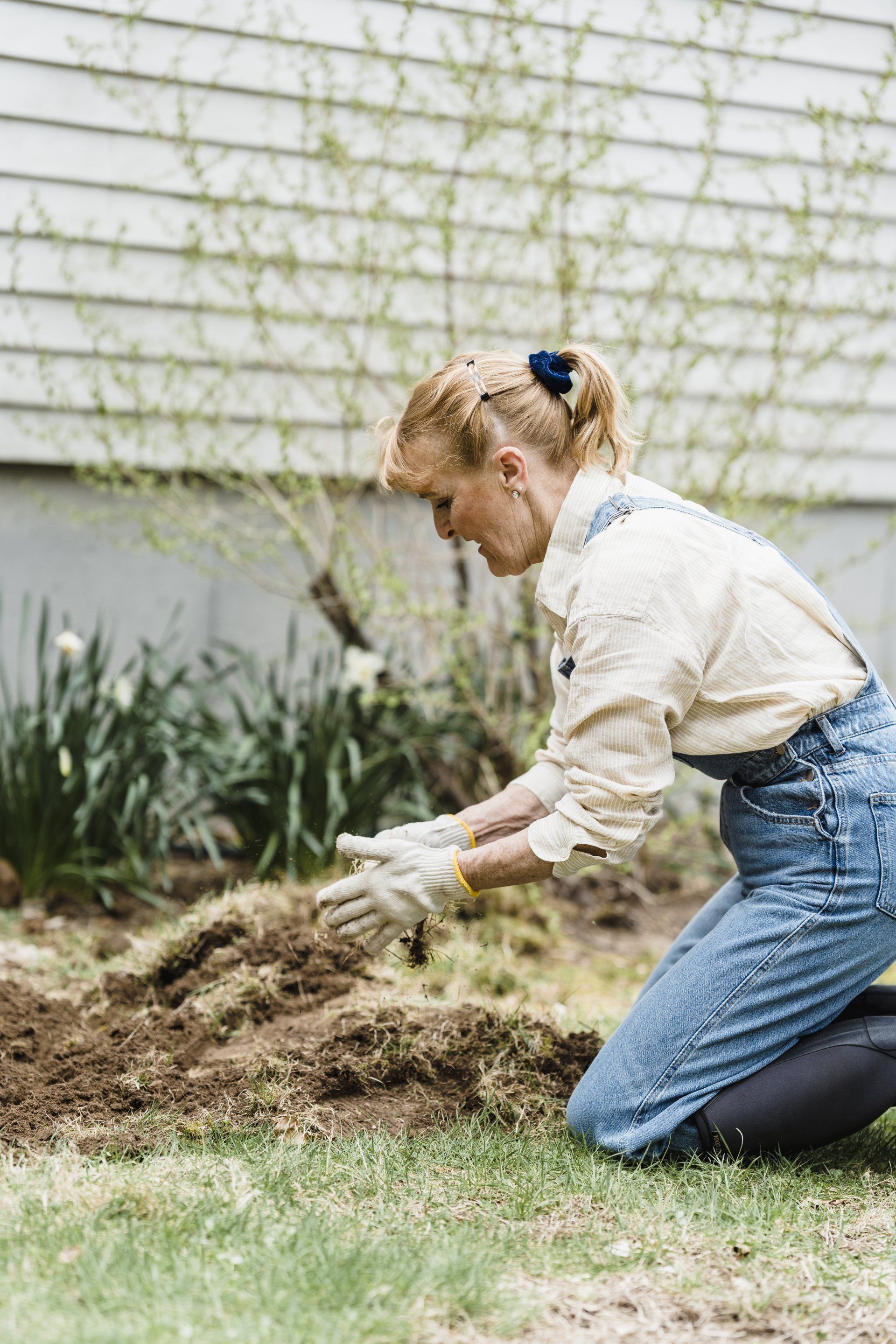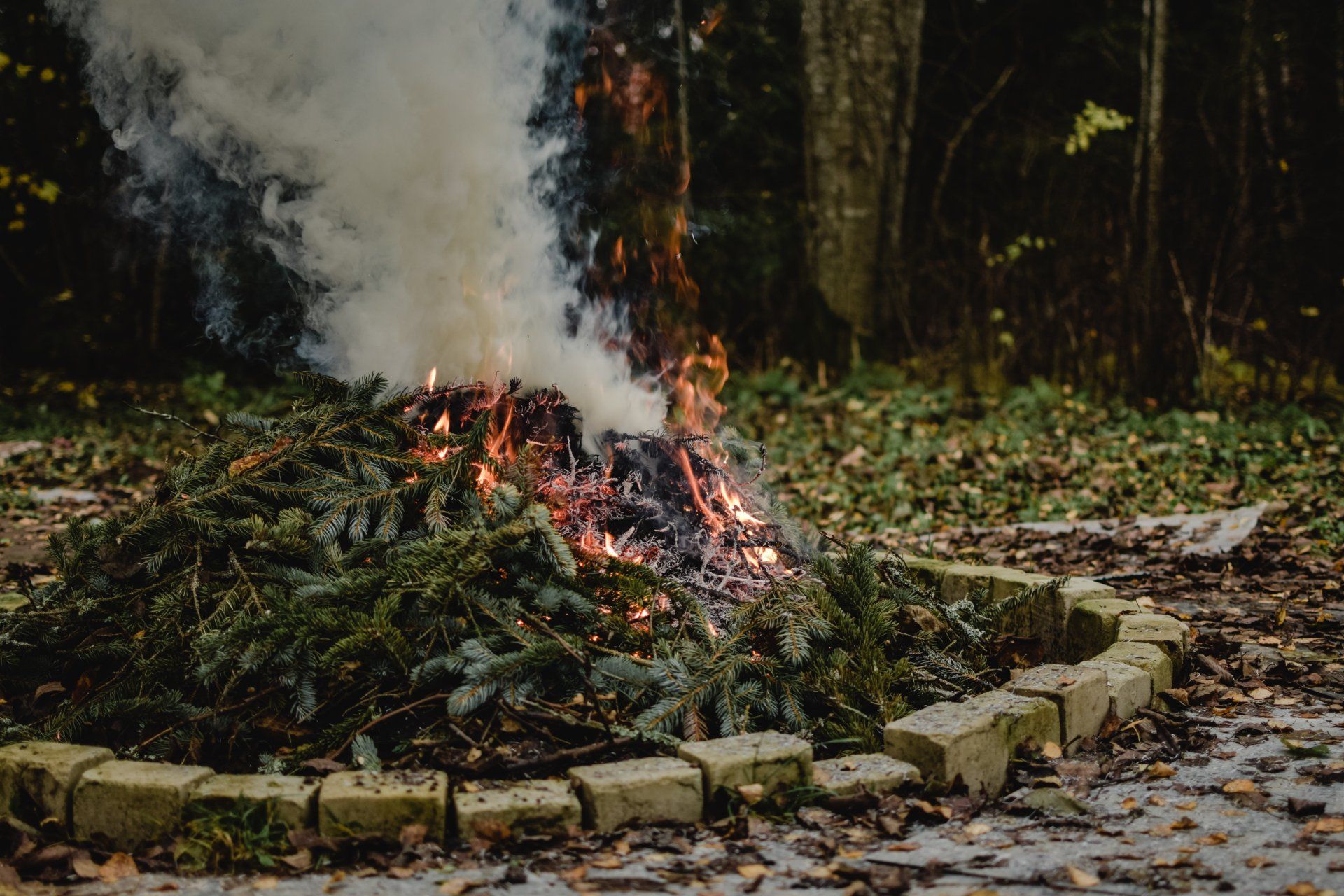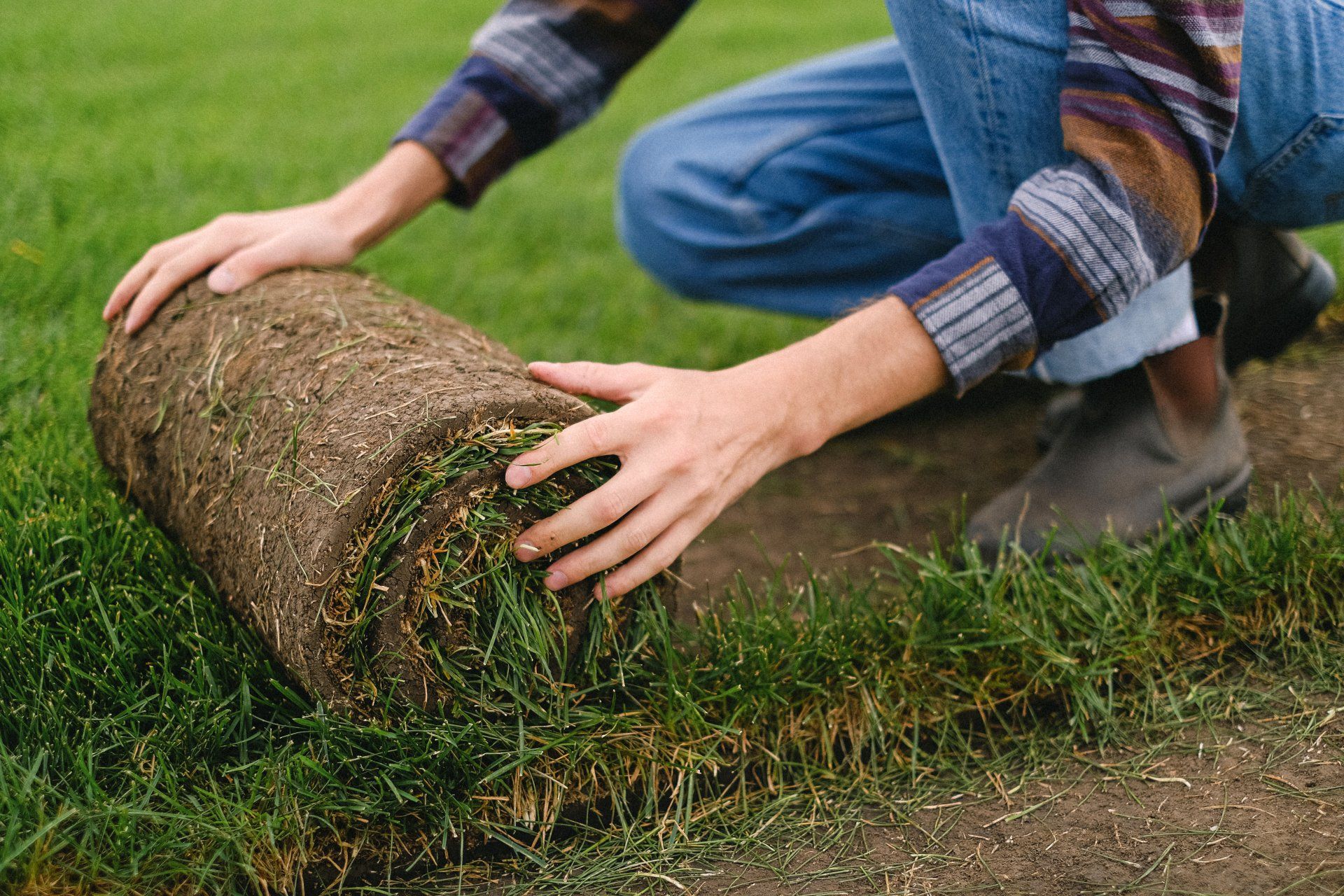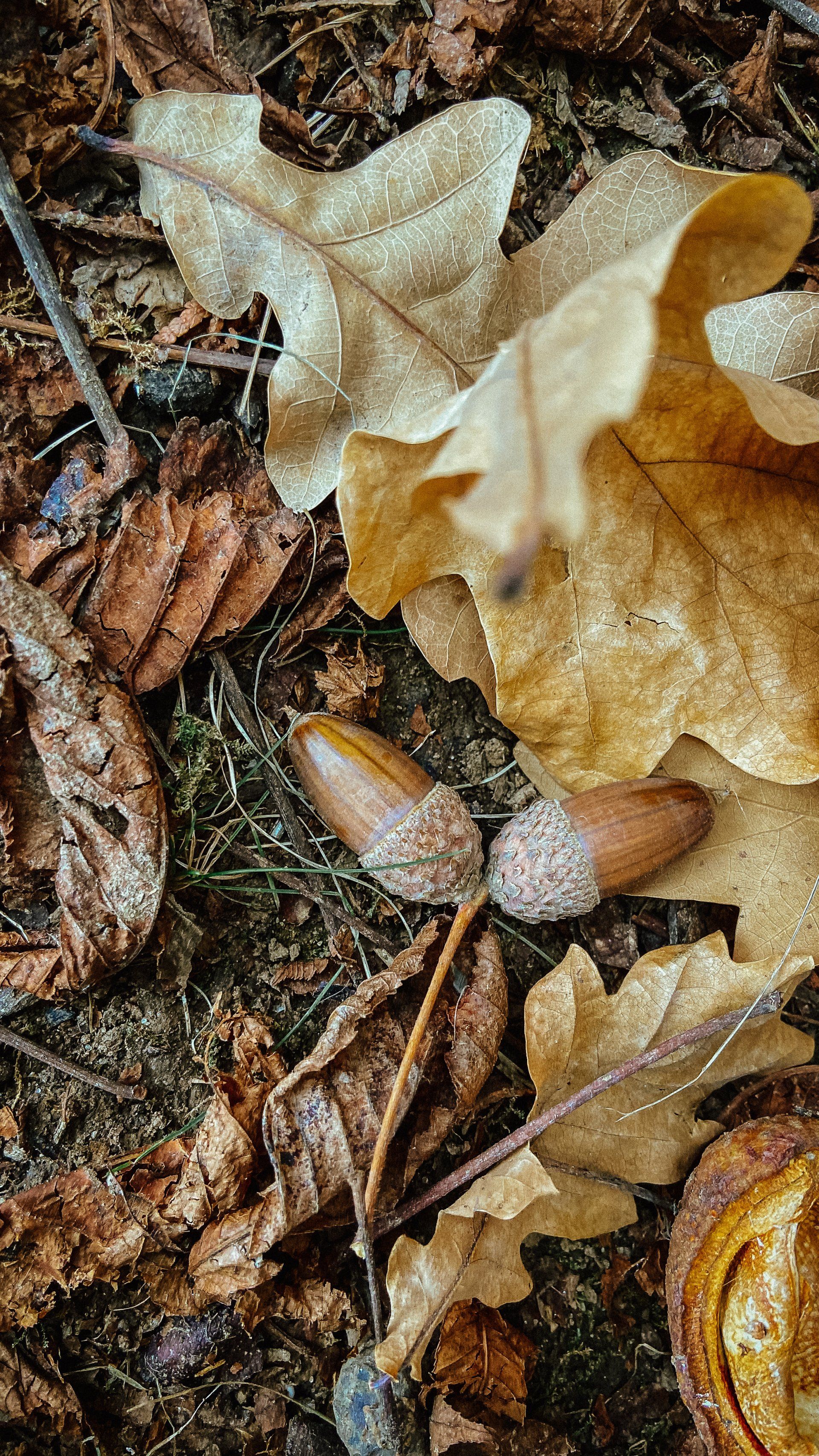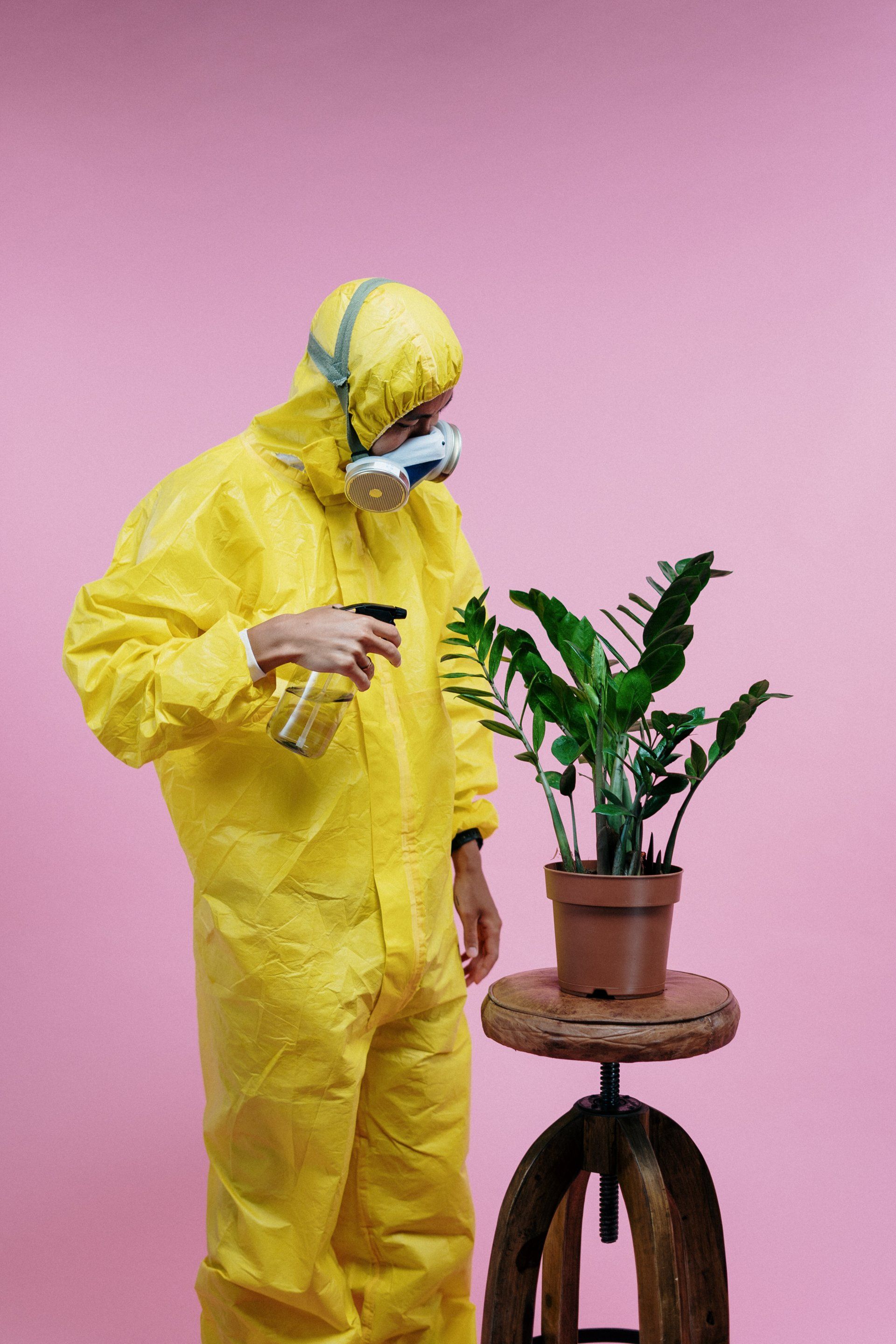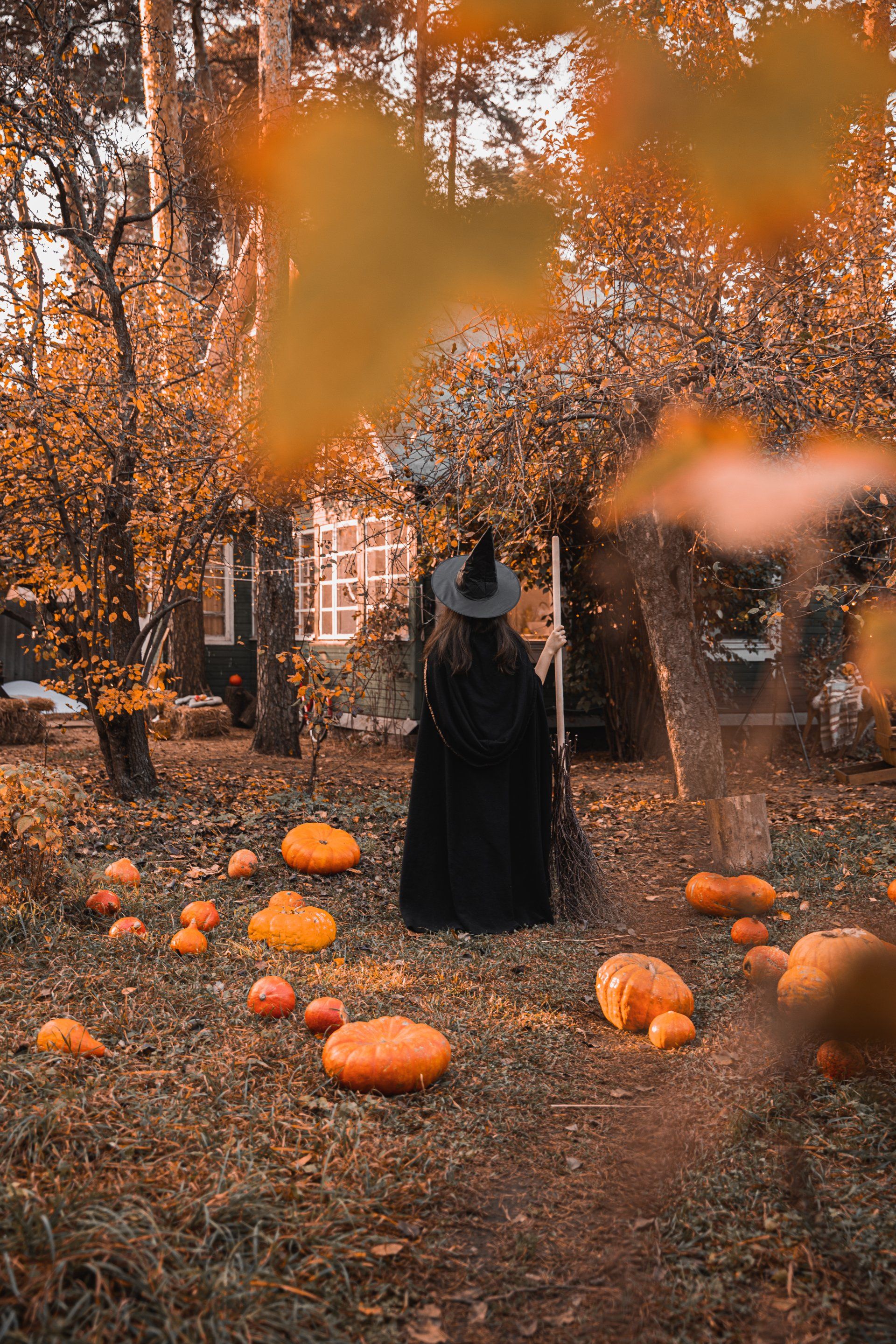How to Care for Indoor Plants
How to Care for Indoor Plants
Nothing refreshes your interior living space quite like indoor plants. In addition to their attractiveness, they also contribute in improving the quality of the air you breathe. The most important thing to keep your plants healthy and happy is to check your soil to ensure that you provide them with the appropriate levels of nutrients, sunlight, and water. If your plants seem dull, we've got helpful tips for indoor plant care to help get your plants back in shape.
How to Care for Indoor Plants
Although all plants have the same fundamental requirements for nutrients, water, soil, and light, the requirements for these elements may differ based on the season. Here are some helpful ways to take care of indoor plants all year long:
Spring
Following the winter dormancy phase and the days become longer, the temperatures rise, and house plants start to grow new growth. This is the ideal opportunity to pot plants, which have outgrown their pots, and you can choose the new pot, which is anywhere between one and two inches wider than the old.
It is also a good opportunity to fertilize your garden with about half-strength to provide them with an extra boost.
Include your plants in your spring cleaning tasks by gently wiping the waxy leaves using a damp cloth and dusting the delicate leaf using an emollient brush, always supporting the lower part of the leaf to avoid breaking. Remove any yellow leaves and trim the long vines that are becoming unruly.
Summer
Be aware of indoor plants in the summer months since they can get scorched if placed on a window with a sunny view. Summer is the perfect season for indoor plants that do not fare well in hot temperatures and will enjoy the cool indoor comfort.
The heat of summer can deprive the plants in your home of water, so it's essential to check them out every couple of days to determine whether they're dry. It is important to water them slowly and deeply when needed to get the optimal results. You can also increase the amount of moisture by putting pots of plant material on pebbles full of water or misting frequently.
Fall
The drastic temperature variations between evening and daytime can be a burden on plants. Introduce plants that were planted outdoors during the summer months, and check closely for pests.
It is better to water your plants less frequently; however, you should increase the humidity at home to compensate for the dry, hot air.
If necessary, move plants to ensure that they get enough lighting during shorter days.
Do not fertilize until spring.
Winter
Make sure you are prepared to relocate your plants to another area to meet their lighting requirements and be sure to keep them away from drafty windows or spaces that are not heated.
Keep an eye out for pests, as plants are more vulnerable due to a lack of sun along with increased humidity and extreme heat.
The practice of overwatering is prevalent during winter and is the quickest way to kill your home plants. Plant pots should be placed in the bathtub or sink, and let the excess water evaporate before putting them in the saucer for your plant.
Troubleshooting Tips for Ailing Indoor Plants
Adjust your routine of plant care when necessary to ensure the best growth and health.
Problem: Tips of brown leaf
The causes are low humidity, temperatures that are high, or a deficiency of water. It can also be caused by salt accumulation. Insufficient fertilizer or water softened may result in brown leaf tips, too.
Problem: The cause is that the foliage is wilting.
Reasons: Your pot might be too small, or you might have to regularly water your plant.
Problem: Leaf drop
The causes are drastic fluctuations in temperature, root damage due to overwatering, or exposure to a gas or other pollutants.
Problem: Growth stunted
Solution: Lack of light, poor drainage, low humid, and a lack of fertilization.
Ready to work with Landscaping Experts Saskatoon?
Let's connect! We’re here to help.
Send us a message and we’ll be in touch.
Or give us a call today at 306-992-1331
Landscaping Saskatoon Quote
We will get back to you as soon as possible.
Please try again later.
More Tips, Tricks & Tools
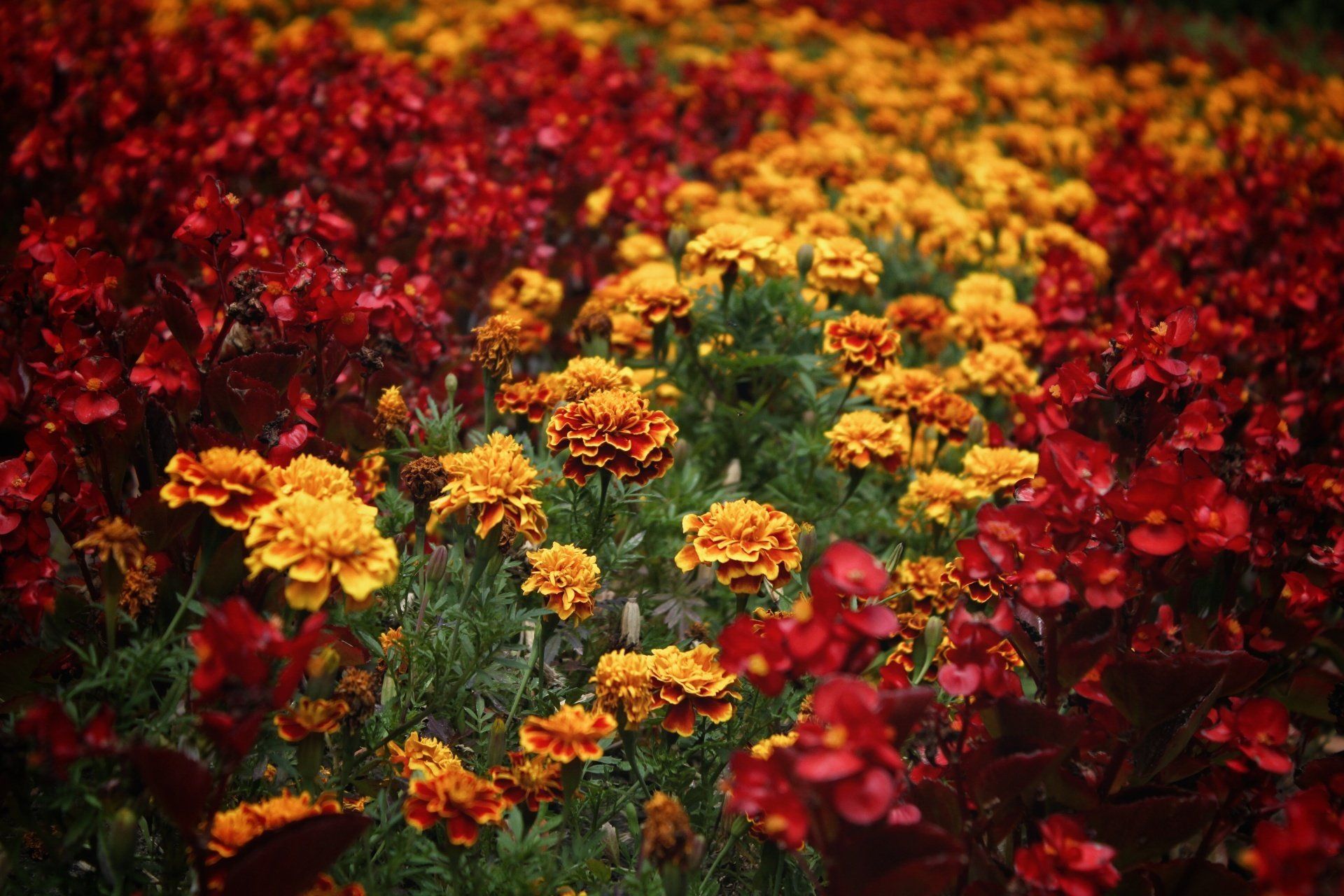
Let’s talk about your project
Fill in the form or call to set up a meeting at (306) 992-1331.
Landscaping Saskatoon Quote
We will get back to you as soon as possible.
Please try again later.
Vibrant Landscaping Experts Saskatoon
Vibrant Landscaping Experts Saskatoon
825-A Cynthia St, Saskatoon, SK S7L 5Z7
| Landscaping Experts Saskatoon

